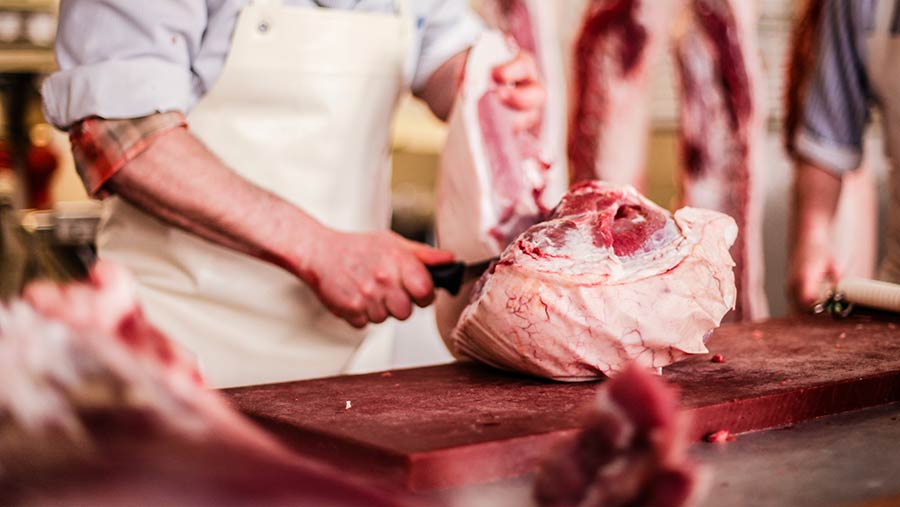Opinion: How to make new funding count for small abattoirs
 © Shellygraphy/Adobe Stock
© Shellygraphy/Adobe Stock It is crucial for the sustainable future we are collectively pursuing that the £4m Small Abattoir Fund, recently announced by government, marks a real turning point in the devastating decline of the local abattoir network.
The sustainable livestock sector, in which high welfare standards and local connection are a significant part of the brand, depends on a network of local abattoirs capable of processing small numbers of non-standard animals to the highest welfare standards.
See also: How can the small abattoir sector be saved?
About the author

Christopher Price is the chief executive of the Rare Breeds Survival Trust.
As result, the decline in the number of abattoirs providing these services has been an increasing challenge for many farmers with native breeds.
Thankfully, we are at last seeing not only a desire for change, but significant funding to help deliver it.
Making abattoirs ‘match-fit’
In the same way as the government is investing in farming to help it through significant change, so we need the fund to ensure this key part of the supply chain is “match fit” in an increasingly market-facing world.
There are a number of important improvements the package must facilitate.
These include support for investing in digital opportunities, to help reduce the burden on small abattoirs when complying with regulations and exchanging information in the supply chain.
The fund must also help small operators invest in the people and the skills that are needed for the future.
The lack of appropriately trained staff for these skilled roles is a serious concern, as important for securing long-term sustainability as it is to address immediate shortages.
Staff also require improved training on how to reduce the overall volume of waste produced, and the potential for abattoirs to participate in the wider circular economy needs to be explored, finding markets for skins, horns and the fifth quarter.
Key policy change needed
Crucially, for the Small Abattoir Fund to truly mark a turning point, it needs to be delivered alongside a key change in policy to tackle a major issue around official vet (OV) supervision.
The requirement for all abattoirs to be under the supervision of an OV has become the single most pressing concern for small abattoir owners.
It is not just a matter of the cost, although that is significant, but also relates to quality and consistency.
Before Brexit, it was common for an abattoir owner and an OV to have worked together for many years, with each gaining an understanding of the other’s perspective.
But of late, we have seen a shift to far less experienced, stretched OVs with more limited understanding of individual businesses and the support they need in ensuring compliance.
Language barriers, difficulties with recruitment, and the misapplication of regulations have all been identified as challenges.
A pragmatic step forward would be the application of the “5% rule” – the EU legislation that enables abattoirs to handle up to 5% of the national throughput and still benefit from reduced OV attendance, subject to certain safeguards being met.
The government needs to implement this as a matter of urgency.
Alongside the positive action we are starting to see from the government, the entire livestock sector has a part to play.
Perhaps the most important message for those concerned about the state of the local abattoir network is simply that we must “use it or lose it”.
Cutting costs by going to cheaper, more industrialised processors could turn out to be an irrecoverable false economy.
